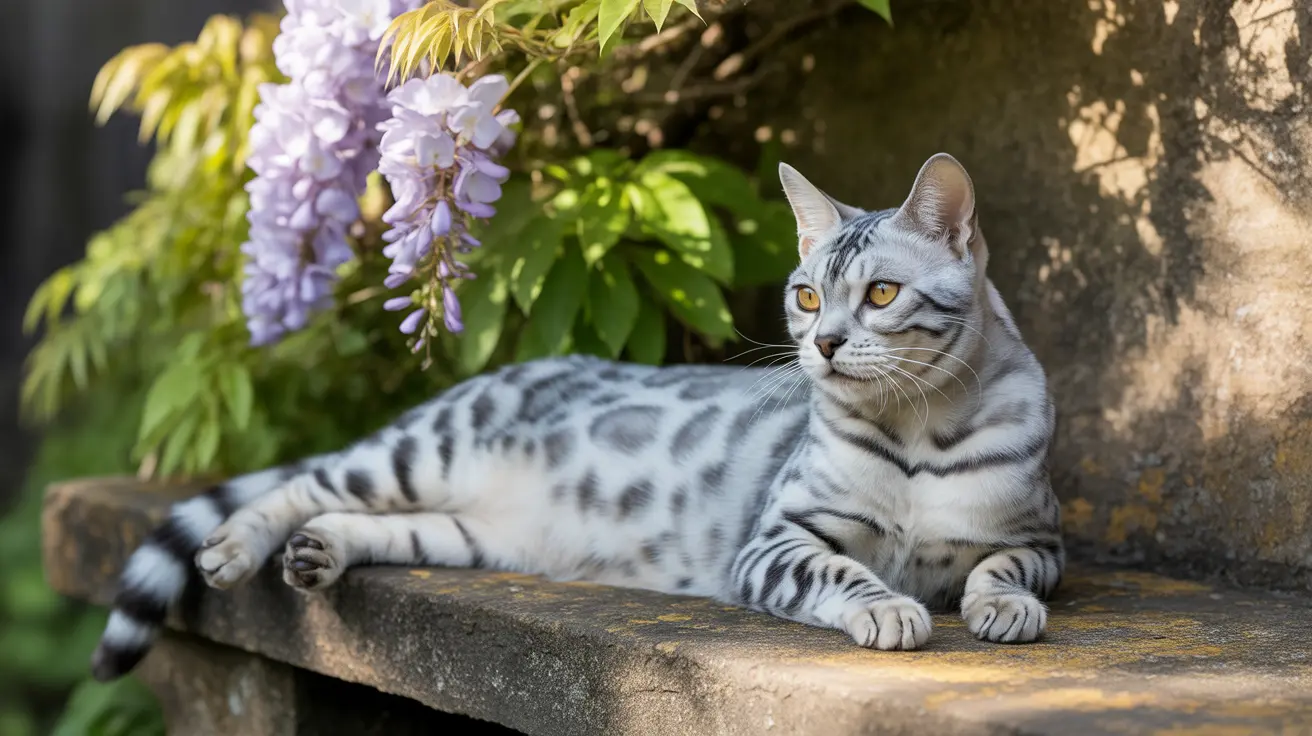Understanding Bengal Cat Base Colors and Patterns
Bengal cats typically display two fundamental patterns: spotted/rosetted (resembling leopards) and marbled (featuring swirling patterns). The most common base colors include brown tabby, snow, and silver. However, it's the rare variations that truly captivate cat enthusiasts and breeders alike.
Extraordinary Rare Bengal Cat Colors
Several uncommon color variations make certain Bengals particularly special:
Blue Bengals
These elegant cats showcase a soft blue-grey base coat with darker blue-grey markings. This rare coloration results from a specific dilution gene affecting black pigmentation.
Chocolate and Cinnamon Bengals
Chocolate Bengals display rich, warm brown tones, while Cinnamon Bengals exhibit lighter, reddish-brown coloring. Both variations stem from recessive genes, making them particularly uncommon.
Charcoal Bengals
Perhaps the most striking of rare variations, Charcoal Bengals possess distinctive dark masks, dramatic cape-like markings, and intense contrast. This unique coloration comes from the specific Apb gene inherited from Asian leopard cats.
The Magic of Snow Bengal Variations
Snow Bengals come in three distinct varieties:
- Seal Lynx Point: Featuring light coloring and striking blue eyes
- Seal Mink: Displaying medium contrast and aqua-colored eyes
- Seal Sepia: Showing the warmest tones with gold to green eyes
Genetic Factors Behind Rare Colors
The stunning variety of Bengal colors results from complex genetic interactions:
- Color genes (B series) determining black, chocolate, and cinnamon
- Dilution genes (D series) creating blue, lilac, and fawn variations
- Colorpoint genes (C series) producing snow variations
- The silver inhibitor gene (I) creating silver-based colors
The Unique "Glitter" Effect
Many Bengals possess a distinctive glitter effect in their coat, caused by a mutation in the Fgfr2 gene. This characteristic makes their fur appear to sparkle in sunlight, adding another layer of uniqueness to these already remarkable cats.
Breeding and Recognition
While many rare Bengal cat colors exist, not all are recognized by major cat registries. TICA and CFA primarily acknowledge brown, snow, and silver variations. Breeding rare colors requires extensive genetic knowledge and careful planning to maintain health and proper type.
Frequently Asked Questions
What are the rarest Bengal cat colors and how are they genetically inherited?
The rarest Bengal colors include blue, chocolate, cinnamon, lilac, and fawn. These colors result from various combinations of recessive genes and require both parents to carry specific genetic markers for the traits to appear in offspring.
How does the "glitter" fur effect occur in Bengal cats and which colors show it most?
The glitter effect is caused by a mutation in the Fgfr2 gene, creating hollow hair shafts that reflect light. This trait can appear in any color variation but is most noticeable in darker-colored Bengals.
What distinguishes charcoal Bengals from other rare Bengal colors and what genes contribute to this?
Charcoal Bengals are distinguished by their dark facial masks, prominent dorsal striping, and overall darker appearance. This coloration is caused by the Apb gene inherited from Asian leopard cats, combined with specific domestic cat genes.
Are blue, chocolate, cinnamon, lilac, and fawn Bengals officially recognized by cat registries?
No, these rare colors are not officially recognized by major registries like TICA and CFA. Only brown, snow, and silver variations are typically accepted for show purposes.
How do snow Bengal subtypes like seal lynx, seal mink, and seal sepia differ in appearance and genetics?
Snow Bengal subtypes differ based on their combination of colorpoint genes. Seal lynx points have the lightest coloring and blue eyes (cs/cs), seal minks show medium contrast with aqua eyes (cs/cb), and seal sepias display the warmest tones with gold to green eyes (cb/cb).
Understanding rare Bengal cat colors enhances appreciation for these extraordinary felines and helps potential owners make informed decisions about their future companions. Whether you're attracted to the mysterious charm of a blue Bengal or the wild appearance of a charcoal variant, each color represents a unique combination of genetics and selective breeding that makes these cats truly special.






